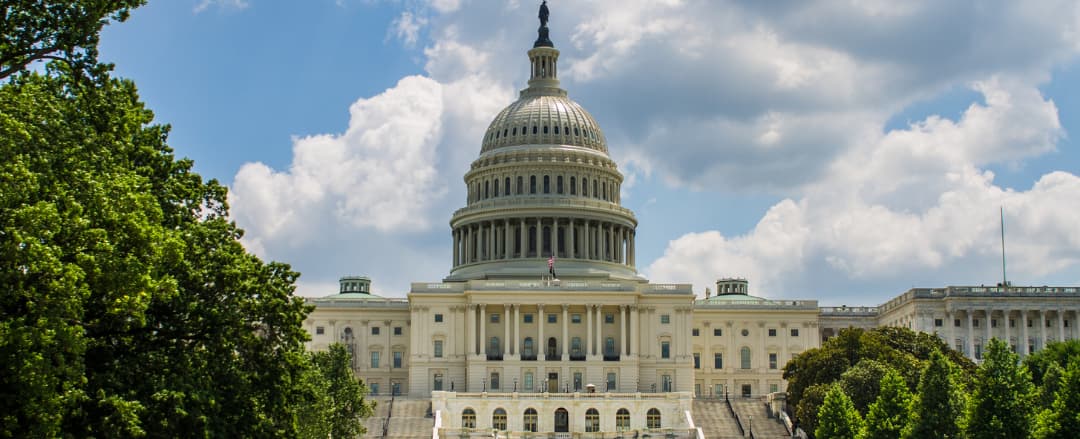The Securing a Strong Retirement Act of 2022, often referred to as SECURE 2.0, passed the U.S. House of Representatives on March 29, 2022, and is on its way to the Senate. The bipartisan legislation put forward by Kevin Brady (R-TX) and Chairman Richard Neal (D-MA) from the Ways and Means Committee will help many Americans save for retirement by increasing coverage and boosting retirement savings. Building on the Setting Every Community Up for Retirement Enhancement (SECURE) Act of 2019, SECURE 2.0 aims to grow Americans’ retirement savings and help to close the retirement gap in America.
The SECURE 2.0, expands automatic enrollment in 401(k) and 403(b) retirement plans, allows Americans to save more for longer, and provides new incentives.
Key Provisions of the House-passed Bill Include:
- SECURE 2.0 promotes saving for retirement earlier by expanding automatic enrollment in 401(k) and 403(b) retirement plans. The new legislation will require employers to automatically enroll eligible workers into a company-sponsored retirement plan at a savings rate of at least 3% of salary. Enrolled participants’ contribution rates would automatically increase each year by 1% until their contribution reaches 10%.
- The proposed legislation creates a new financial incentive for small businesses to offer retirement plans. The government will essentially pay small businesses to cover initially all and then part of the cost of a matching contribution, up to $1,000 per employee.
- A proposed change in SECURE Act 2.0 allows Americans to save for retirement longer by increasing the required minimum distribution age to 75. Seniors currently must begin taking required minimum distributions from their accounts at age 72. The new bill would raise the age to 73 starting on January 1, 2023, upping it to 74 beginning on January 1, 2030, and 75 starting on January 1, 2033.
- The Act improves coverage for part-time workers in 401(k) plans. The first group of long-term, part-time workers would become eligible for participation in the elective deferral of defined contribution plans as of January 1, 2023, a year earlier than under the original SECURE Act.
- The passage of the new bill would offer employees who have reached age 50 the ability to set aside more savings as they approach retirement. Currently, if you’re 50 or older, you can contribute up to an extra $6,500 for 2022 in the form of catch-up contributions. This number would expand to $10,000 for participants between ages 62 and 64. That new amount, along with the extra $1,000 participants aged 50 and up can contribute to an Individual Retirement Account, would both be indexed annually to rise alongside inflation.
- The Securing a Strong Retirement Act permits employees the choice to pay down a student loan instead of contributing to a 401(k) plan, without losing the employer matching contribution. Traditionally, company matching contributions to a 401(k) plan are based on plan participants’ elective deferrals to their retirement accounts. Even if employees aren’t making retirement contributions themselves, the new legislation allows employers to make 401(k) matching contributions based on employees’ student-loan payments.
Contact Us
Calvetti Ferguson works with middle-market companies, private equity firms, and high-net-worth individuals across the country. Regardless of the complexity of the compliance, assurance, advisory, or accounting need, our team is ready to help you. Please complete the form below, and we will follow up with you shortly.

